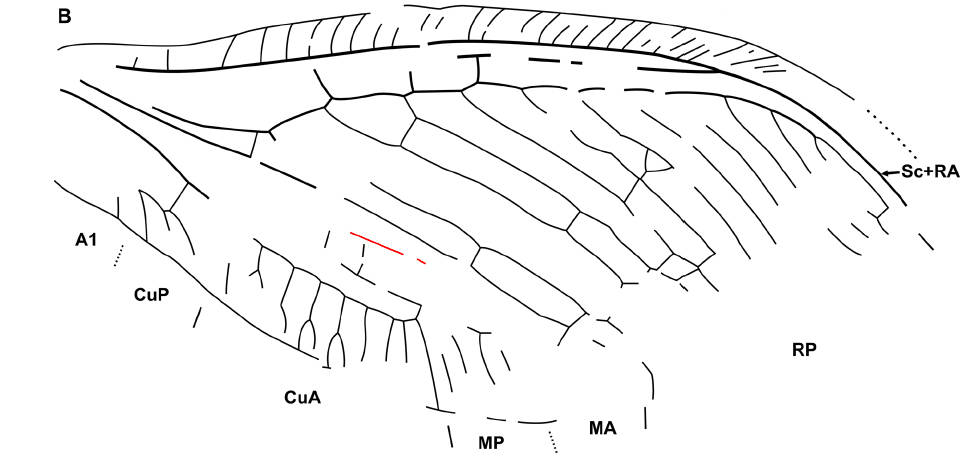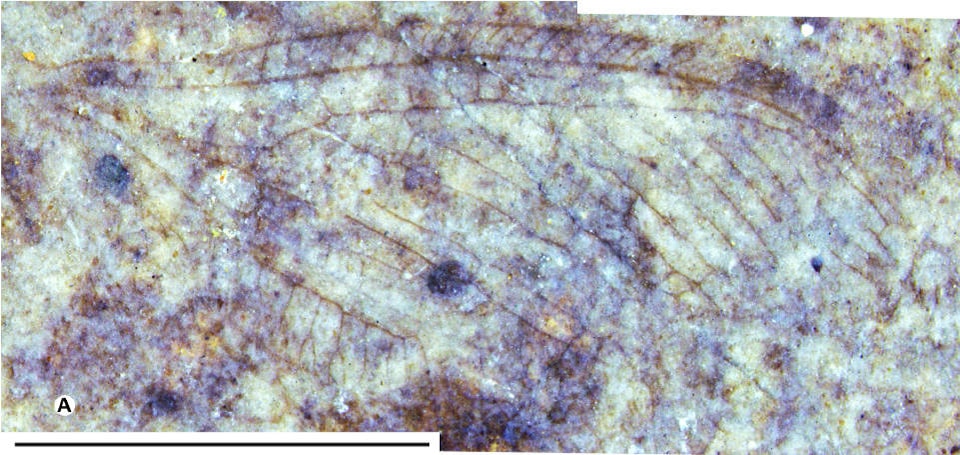What happened to the Bulkley Valley giant lacewings?
Giant lacewings are a small family of beautifully coloured insects known as Osmylidae that are found all over the world, except North America.
Now Simon Fraser University researcher Bruce Archibald has identified a fossil from Driftwood Canyon that indicates the family did at one time have local members.
READ MORE: Newly identified extinct insect suborder includes new species from Driftwood Canyon
The incomplete fossil did not allow Archibald and his colleagues to identify a specific species, but along with two other fossil lacewings from B.C. and one from Colorado described in a recent paper indicate they were widespread in this part of the world roughly 45 - 55 million years ago.
Archibald said other North American fossils indicate the insects were here until at least 34 million years ago.
“Why they are not found in North America today remains a mystery, as their habitats in Europe, East Asia and South America have similar environments,” he said.
“We now know that they lived as far north as the Bulkley Valley in what was then a temperate upland at a time when much of the world was warmer than today.
“While this new fossil may be a small contribution to our knowledge of life in the Bulkley Valley region roughly 52 million years ago, new finds at Driftwood Canyon have been regularly discovered in recent years, each one helping build a large-scale picture of how life was distributed across the ancient world and changed to what we see today.”
Wikipedia describes osmylids as small to moderately-sized net-winged insects, with wingspans ranging from 1.4 to 3 cm and typically predatory.
“Smaller members resemble typical green lacewings, and larger species resemble antlions,” the article states. “Many species, namely those of the type genus Osmylus, have spotted wings. The thin antennae are short. They have two compound eyes, as well as three ocelli in between. Adult osmylids, like green lacewings (colloquially known as “stinkflies”), have prothoracal glands which produce foul-smelling compounds used to deter would-be predators.”
READ MORE: Driftwood Canyon fossil raises snakefly mystery
editor@interior-news.com
Like us on Facebook and follow us on Twitter

